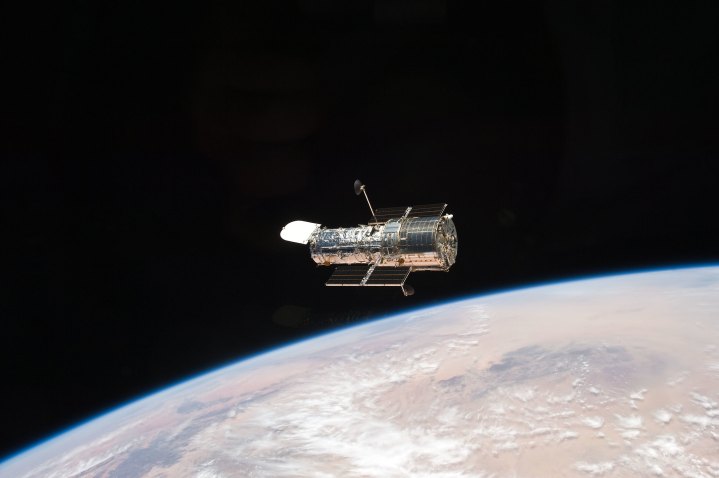
The Hubble Space Telescope is one of the great achievements in modern science, with a career of over 30 years that has included taking measurements that revolutionized how cosmologists think about the expansion of the universe — not to mention producing some of the most breathtaking images of space ever seen. But the hardware in Hubble is getting on in years, as much of it was designed and built in the 1980s. There have been various upgrades and fixes made over the decades, but some recent problems with the telescope’s hardware are proving hard to fix.
The problems began almost one month ago when the computer which controls Hubble’s scientific instruments stopped responding. In order to protect themselves, the instruments switched into safe mode and are no longer collecting data.
The Hubble team performed a series of troubleshooting steps following the error and eventually determined that the problem was located in a piece of hardware called the Science Instrument Command and Data Handling (SI C&DH) unit, which formats and sends commands and data to the science instruments.
To fix the problem, the engineers have decided that they need to switch over to backup hardware. In case an error such as this should occur, most of the hardware on Hubble has a secondary, backup version which can be used instead. But it isn’t a simple procedure to switch from the current hardware to the backup, as switching over requires turning off other pieces of hardware as well.
Having spent this week running tests and simulations of the switch to the backup hardware, the Hubble team has now completed its testing and is ready to make the switch to the backup hardware next week.
In the latest update on the telescope, posted on Friday, June 9, NASA says it is getting ready to switch over to backup hardware. “NASA continued preparations to switch to backup hardware to correct the payload computer problem on Hubble,” the official Hubble Twitter account wrote. “Analysis of test results, updates to procedures and contingency plans, and work on other operations items continued today.”
If all goes well, Hubble could be back up and running by next week. We’ll keep you updated on its progress.


